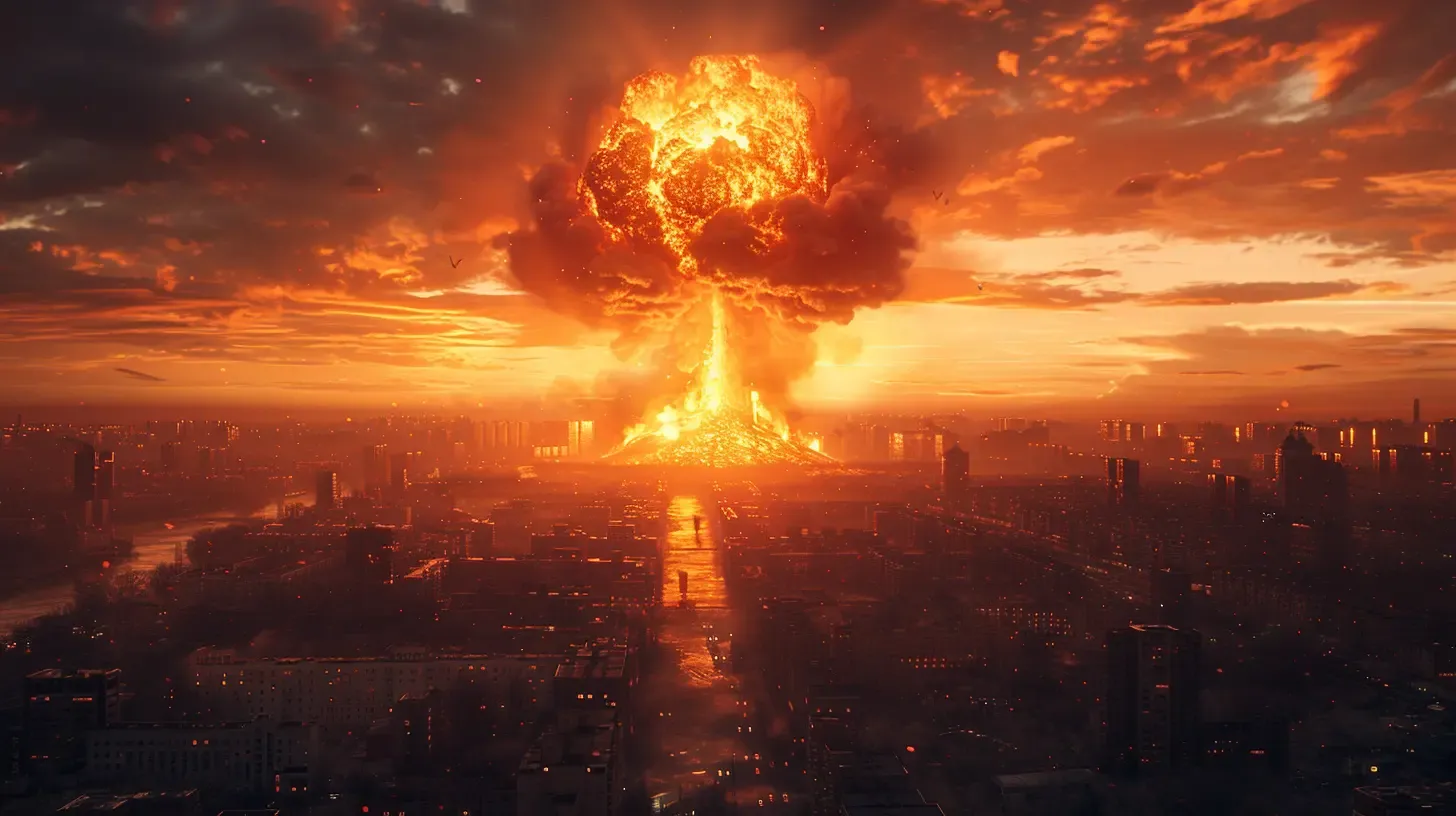17 February 2024
The Brink of Annihilation: How Close Are We to a Nuclear War that Could Destroy Earth?.

Press the play button in the top right corner to listen to the article
In the contemporary geopolitical landscape, the specter of nuclear conflict looms larger than at any point since the Cold War. The possibility of a nuclear war, with the potential to devastate Earth, triggers profound concern worldwide. This article delves into the current state of nuclear arsenals, diplomatic tensions, and the safeguards in place to prevent such a catastrophic outcome.
The Current Nuclear Arsenal
As of the latest data, nine countries possess nuclear weapons: the United States, Russia, the United Kingdom, France, China, India, Pakistan, North Korea, and Israel. The United States and Russia hold the lion's share, with approximately 90% of the world's nuclear warheads. These arsenals are not just remnants of the past; they are maintained, modernized, and in some cases, expanded.
Diplomatic Tensions and Flashpoints
Several global hotspots could potentially spark a nuclear conflict. The Korean Peninsula, the India-Pakistan border, and the volatile situation in Ukraine, where Russian aggression has escalated tensions with NATO, are among the most concerning. Additionally, the Middle East remains a powder keg, with Iran's nuclear ambitions and Israel's undeclared nuclear arsenal creating a precarious balance.
Safeguards Against Nuclear War
Despite these tensions, there are several mechanisms and treaties in place to prevent a nuclear war. The Treaty on the Non-Proliferation of Nuclear Weapons (NPT), signed by 191 countries, aims to prevent the spread of nuclear weapons and promote disarmament. The New START treaty between the United States and Russia, recently extended until 2026, limits the number of strategic nuclear warheads both nations can deploy.
The Role of Deterrence
Deterrence theory holds that nuclear-armed states are prevented from using these weapons against each other due to the mutual assurance of destruction. This theory has been a cornerstone of international relations since the Cold War. However, it relies on rational actors and effective communication, both of which can be undermined by misjudgments or technical failures.
The Environmental Consequences
A nuclear war would not only cause immediate destruction but also long-term environmental consequences. A "nuclear winter," caused by the massive amounts of smoke and soot entering the atmosphere, could drastically alter the Earth's climate, leading to global agricultural collapse and famine.
Conclusion
While the safeguards and theories of deterrence have prevented nuclear war thus far, the risk remains uncomfortably high. Misunderstandings, accidents, or the actions of a rogue state could lead to a catastrophic sequence of events. The international community must prioritize nuclear disarmament and diplomatic engagement to reduce these risks and move away from the brink of annihilation.
The content, including articles, medical topics, and photographs, has been created exclusively using artificial intelligence (AI). While efforts are made for accuracy and relevance, we do not guarantee the completeness, timeliness, or validity of the content and assume no responsibility for any inaccuracies or omissions. Use of the content is at the user's own risk and is intended exclusively for informational purposes.
#botnews















































































